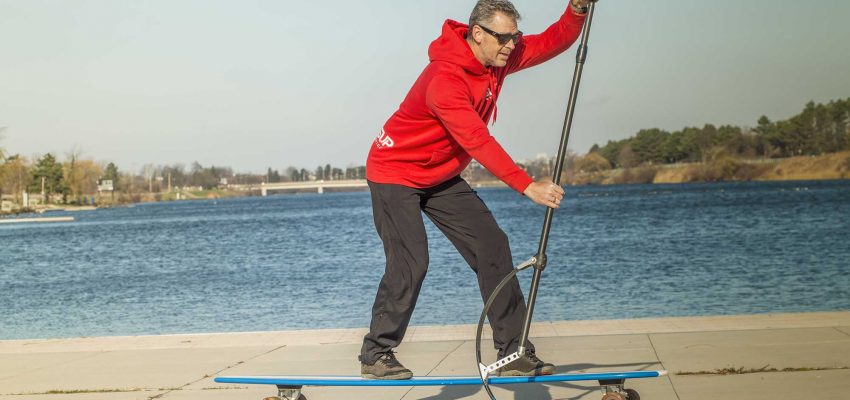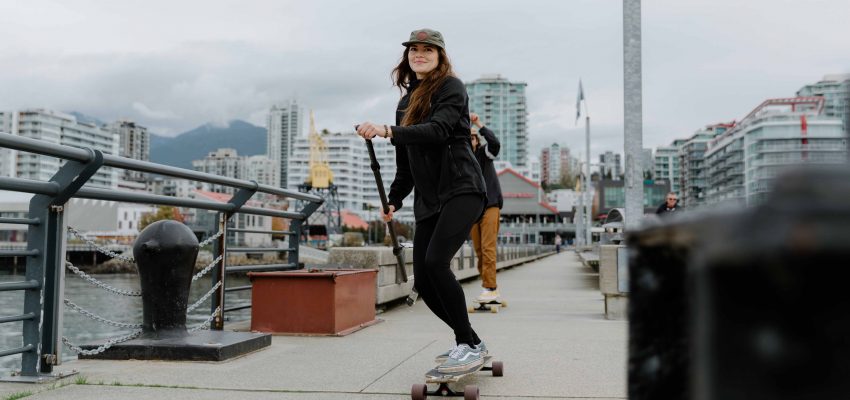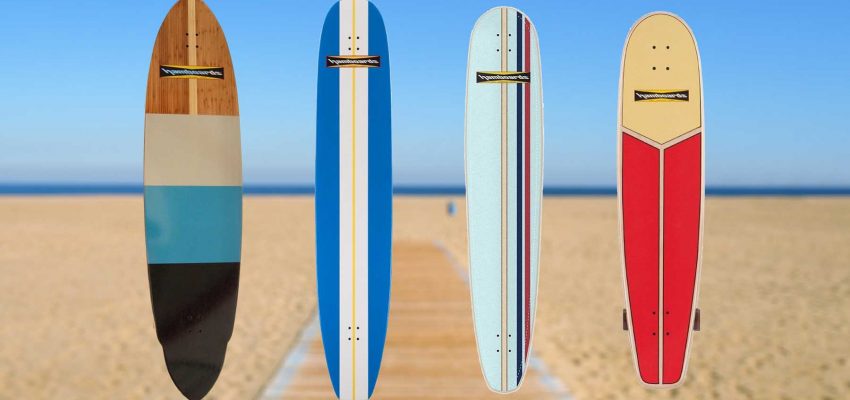Although paddleboarding looks effortless, those who practice know it’s a fantastic full-body workout combining balance, muscle strength, and fun. Let’s face it – many people live far from oceans and other bodies of water, and many can’t get on the water every day to paddleboard even if they do. With SUPStick, the experience of paddleboarding can come to you on land. There are so many ways that land paddling can increase your stamina, develop strength, and give you the endorphin rush of an incredible workout:
Custom Training
Where are you on your fitness journey? Land paddling is a workout designed to challenge you no matter what fitness path you are on. If you are looking for a light cardio session, breeze down the boardwalk on your longboard or head down to your local coffee shop – guaranteed the ride would be more enjoyable with a SUPStick. Are you training for an athletic event? Take your SUPStick up hills or challenge yourself to go further and faster than before – you’ll be surprised at how much variation land paddling can provide.
Strength
Your abdominal muscles are essential for stability, back support, and injury prevention. They are also a necessary part of any workout. Keeping steady on the longboard with the SUPStick will provide you with a core-burning super-session, letting you skip the crunches and planks. Looking to turn up the dial? Weave back and forth to engage those obliques, a notoriously tricky muscle to hit.
Endurance
One of the best ways to increase stamina is to focus on distance. Land paddling allows you to complete laps, travel bike trails, and climb hills repeatedly to not only increase your endurance but measure your increase in stamina. Challenge yourself to see if you can complete additional laps over time or tackle a monster hill you have been eyeing.
Flexibility
Though it may not seem like it, during your land paddling session, you are stretching. When you reach up to paddle through to the push motion, you are stretching and supporting your range of motion. SUPStick further supports the range of motion by providing a water paddle’s authentic feel through the downstroke. You are also stretching as you weave, crouch, and extend during other aspects of your land paddling workout. Active and dynamic stretching during your session not only improves flexibility but supports and trains your fascia, the connective tissue supporting your muscles.
Land paddling is a proper full-body workout, challenging your body while freeing your mind. Engage your core stability muscles, stretch and flex, and gain new stamina levels with land paddling. From the novice to the trained fitness professional, SUPStick will be a welcome addition to your workout routine and support your fitness journey.


